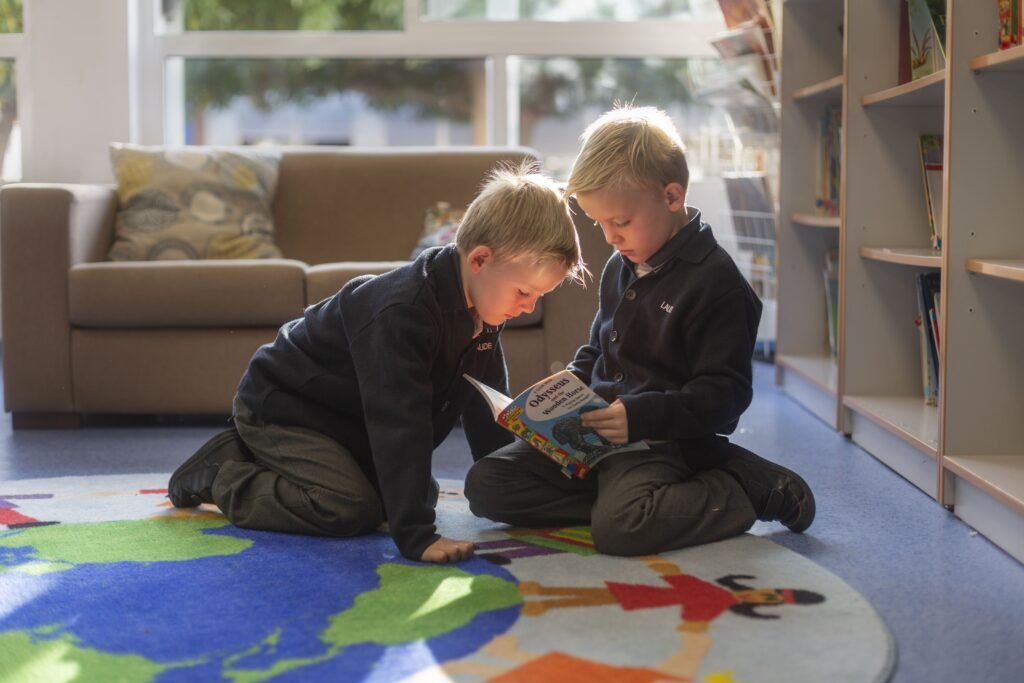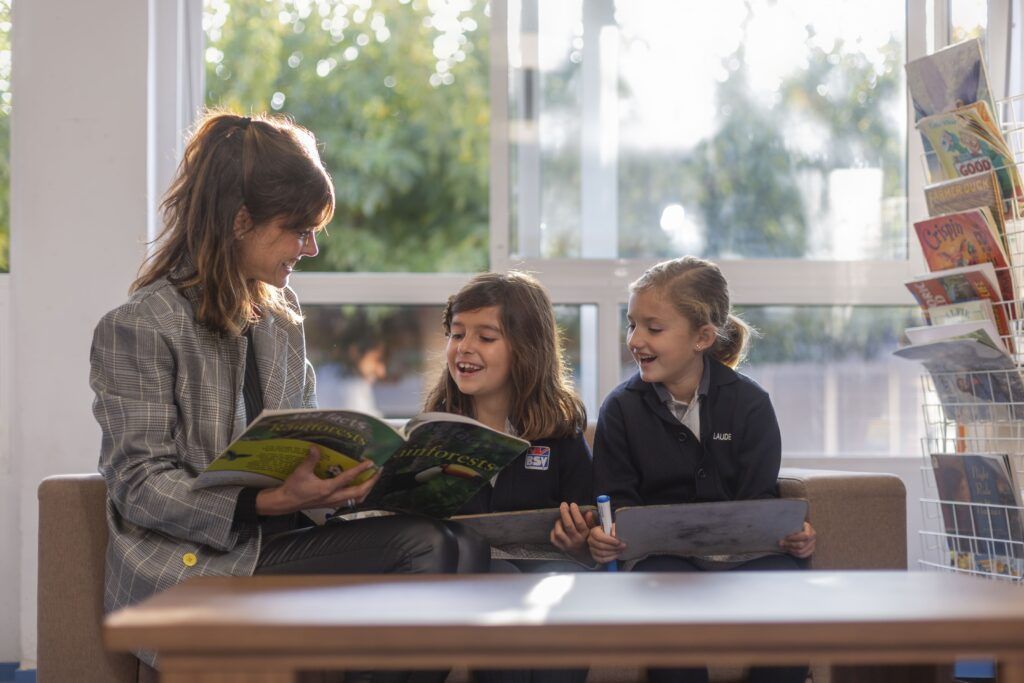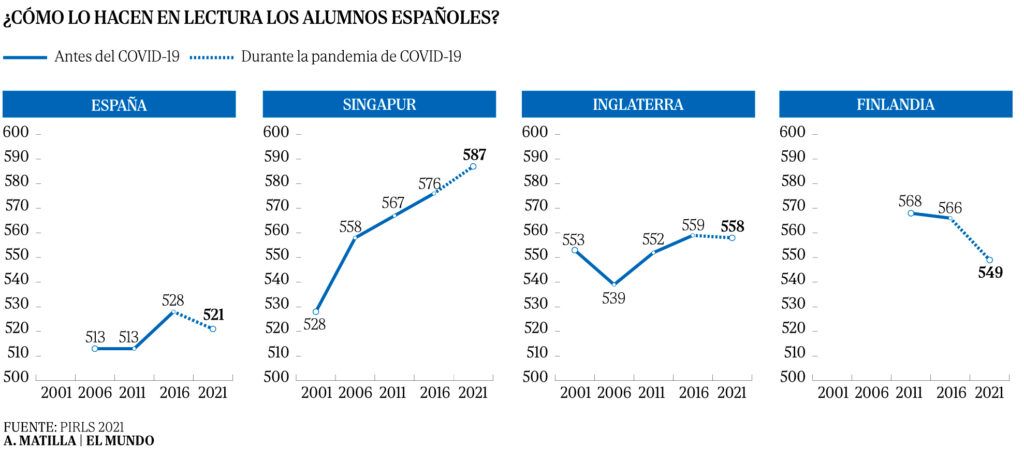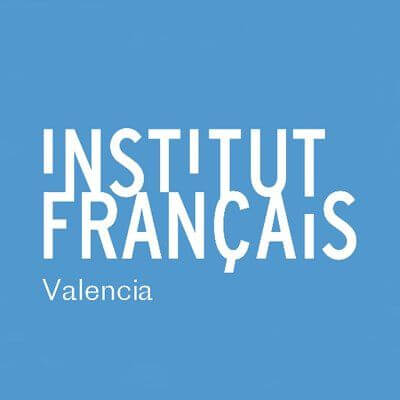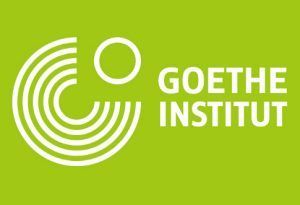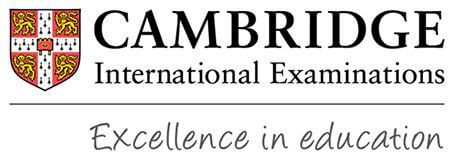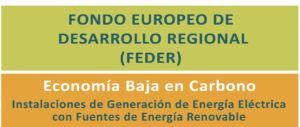Children aged 10 at the British School of Vila-real, with the same level of reading comprehension as those in England
Year 5 pupils at British School of Vila-real have a high level of reading comprehension, matching the level of 10 year olds studying in England. This means that our pupils are reading well above children in the Spanish system, according to the recently published Progress in International Reading Literacy Study (PIRLS).
PIRLS is the first major international assessment after covid-19, which measures the reading comprehension of pupils in their fourth year of compulsory schooling (4th year of primary school in the case of Spain).
The Spanish media have echoed the results of this study, analysing the data and comparing them with those obtained by children in England and other EU countries, such as Finland. Spain’s results are still far behind those of leading countries such as Singapore, Ireland, Hong Kong, Russia, Northern Ireland and England, a country that is almost a school year ahead of the Spanish.
Experts praise the English curriculum because students in the British system learn to read by putting letters together first and then syllables, instead of learning first by words, as is taught in the Spanish system, and which has been evaluated with “very positive” effects, according to the work of the prestigious economist Stephen Machin, of City College London.
According to the PIRLS study, students in the Spanish system are in the “intermediate” part of the ranking, where the majority of the 57 countries and territories analysed in this international study are, at a considerable distance from those in the “high” and “advanced” positions. Children studying in the Spanish system are a grade and a half behind those in Singapore and almost a grade behind those in England.
In the analysis of the International Association for the Evaluation of Educational Achievement, which is carried out every five years and is the equivalent of the PISA report for students in the 4th year of primary school, an important transition year because it is when they go from learning to read to learning to read, 57 OECD and EU countries took part, with a sample of 140,000 students, 120,000 of them from the EU and more than 10,000 from Spain.
PIRLS defines reading comprehension as “the ability to understand and use written linguistic forms required by society and/or valued by the individual. Readers are able to construct meaning from a variety of texts. They read to learn, to participate in communities of readers in school and in everyday life, and for personal enjoyment”.
Below are the most relevant media publications that have echoed this news:
- El Mundo: Spain’s 10-year-old pupils are almost a school year behind those of England in reading
- El País: Spanish children fall behind in reading comprehension, but less than in neighbouring countries
- La Razón: Spanish children drop 7 points in reading comprehension compared to 2016
- 20minutos: Spanish pupils fall back in reading comprehension: 9 year olds drop seven points in five years
- Telecinco: Spanish children worsen in reading: the closure of schools during the pandemic lowers reading levels
